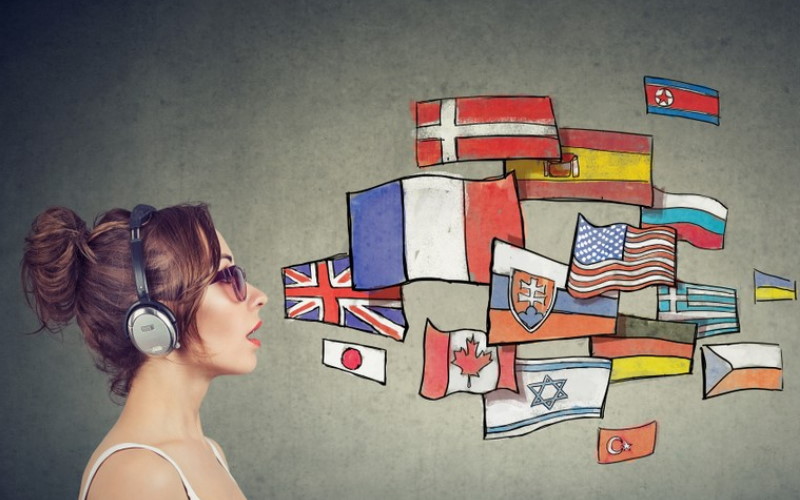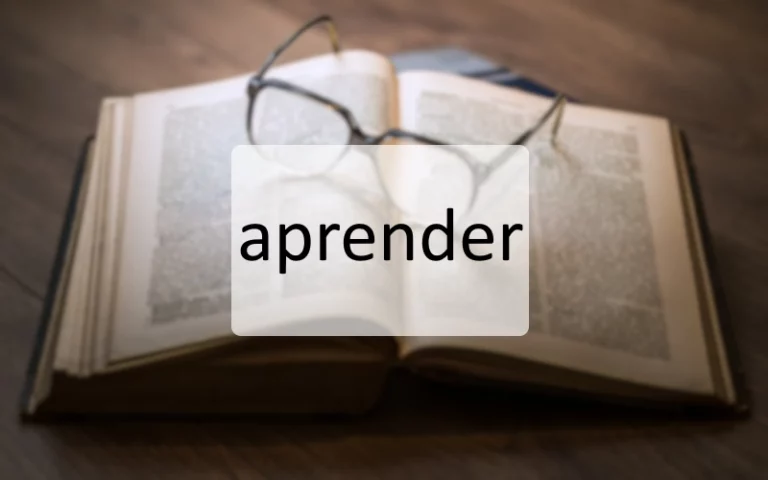The hardest languages to learn are a big challenge, especially for people who speak English. Learning these languages is not just about learning new words; it’s like entering a whole new world. It’s important to know that these languages are tough because they help us set the right goals and get ready for a lot of study.
We’re going to look at what makes some languages really hard for English speakers. This includes things like rules that are very different from English, new sounds that are hard to pronounce, ways of writing that are complex, and the overall difference from English. By understanding these things, we can better prepare English speakers for what to expect and help them learn these tough languages.
Top 10 Hardest Languages to Learn
We have compiled a list of the 10 languages that are hardest to learn, based on insights from the Foreign Service Institute (FSI).
1. Mandarin
The first language that comes to mind when thinking about difficult languages is Chinese. Mandarin Chinese, however, is an extremely worthwhile language to learn, with 918 million native speakers and 199 million non-native speakers.
Mandarin is a tonal language, just like Thai and Vietnamese. The meaning is affected by the intonation of a word, which has four tones. Depending on what pitch you use, the word “ma” could mean “mother” or “horse.” There are tens of thousands of Chinese characters that represent ideas, concepts, and objects in Chinese.
2. Arabic
There are 26 nations that speak Arabic throughout the Middle East and northern Africa, including Algeria, Saudi Arabia, Sudan and Egypt. Around 245 million people speak it as their native language, and 29 million speak it as a non-native language.
For English speakers, Arabic is likely to be a challenge in almost every aspect, from its Arabic script, which is written from right to left, to its complex grammar, to its pronunciation, which includes many sounds that English does not have.
It is still important to learn Arabic to gain a deeper understanding of the rich and diverse Arab culture, as well as to open up countless new career opportunities. Mastering one of the world’s hardest languages will also give you a sense of accomplishment and personal satisfaction.
3. Japanese
Approximately 128 million people, primarily in Japan, speak Japanese, an East Asian language related to the Japonic language family. While English speakers often consider Japanese to be one of the most difficult languages to learn, it can lead to new career opportunities as well as a deeper understanding of Japanese pop culture.
The writing system in Japanese, known as kanji, consists of tens of thousands of characters. Although only around 2000 kanji are required to attain a standard level of Japanese literacy, that’s still a lot of characters to memorize.
In addition, Japanese emphasizes respectful speech or “keigo”. A simple word like “you” can be translated in ten different ways depending on the formality of a situation.
4. Hungarian
Hungarian is a Uralic language, unlike most European languages, which belong to the Indo-European family. There are 13 million native speakers, most of whom live in Hungary.
English speakers find it difficult to learn due to its complex grammar and pronunciation. The Hungarian language has 14 vowels whose pronunciation varies slightly. Comparing Hungarian consonant clusters to English also reveals unexpected pronunciations. In this case, “sz” is pronounced as “s” and “s” is pronounced as “sh.”
The Hungarian language is incredibly creative and beautiful, and contains incredibly descriptive words that English doesn’t have. A “Hiányérzet” describes the feeling you get when something is missing that you cannot identify, and a “Káröröm” describes your joy when someone has a bad day. Also interestingly, Hungarian has no gender.
5. Korean
The Korean language is spoken by 80 million people in both North and South Korea. There is no doubt that it is a beautiful language with the most logical system of writing in the world, despite it not being as widely studied as Japanese or Chinese.
In 1443, King Sejong the Great created the Korean alphabet. To simplify the Korean writing system, he developed a simplified script. His committee of scholars created the alphabet that is still used today, Hangul, with just 24 symbols, 10 vowels and 14 consonants.
Because of the different word order and double consonant and vowel sounds, learning Korean can be challenging for English speakers despite the relatively straightforward writing system.
6. Finnish
The Finnish language, native to Finland with about 5 million speakers, is challenging for English speakers due to its complex grammar and unique vocabulary. Unlike English, Finnish has 15 cases for nouns, altering their endings based on usage.
Its words can be long and compound, often differing significantly from English. Additionally, pronunciation and stress patterns are distinct, making it hard for English speakers to master. Despite these difficulties, Finnish’s regular phonetics and absence of gendered nouns offer some ease in learning.
7. Basque
The Basque language, spoken by about 750,000 people in the Basque Country (northern Spain and southwestern France), is uniquely challenging for English speakers. It’s unrelated to any other language, making its vocabulary and grammar unfamiliar.
Basque uses complex inflections, meaning words change form to express different meanings. It also features agglutination, where words are formed by joining morphemes, creating lengthy words. Pronunciation can be difficult due to distinct sounds not found in English. Despite these challenges, learning Basque offers a deep insight into the rich, ancient culture of the Basque people.
8. Navajo
The Navajo language, spoken by about 170,000 people primarily in the Southwestern United States, presents significant learning challenges. Its complex structure includes tones, agglutination (combining words into one), and a system of classifiers that change meaning depending on context.
Navajo verbs are particularly intricate, with numerous forms for different aspects and modes of action. Additionally, it has sounds and combinations unfamiliar to English speakers. Despite these complexities, learning Navajo offers a rich cultural experience, connecting learners to the traditions and history of the Navajo Nation.
9. Greek
The Greek language is the oldest living Indo-European language, and while it differs from ancient Greek, it remains closer to its origins than languages like Spanish or French. About 13 million people speak Greek as their native language, primarily in Greece and Cyprus.
Several aspects of Greek are challenging for English speakers, including the three different genders of nouns and complex grammar rules. Learning the Greek alphabet is also necessary for reading and writing Greek.
However, Greek is very much worth learning since it is at the core of many European languages.
10. Turkish
As a member of the Turkic language family, Turkish has a wide reach. Turkish is a valuable language to know, as it is spoken by over 75 million people in Turkey, Iraq, Syria, and many other parts of Europe. Also, it’s one of the more challenging languages to master for English speakers.
There are many borrowed words from Persian and Arabic in Turkish, which makes it an intriguing mix of Latin-script and Arabic-script.
Due to the complex rules governing the use of suffixes and word order in Turkish, learning the many grammar rules and how to apply them can be challenging. One aspect of this language you shouldn’t have any problems with is pronunciation since it’s a phonetic language.

Ihsan Sharif is a talented writer known for his engaging articles on linguistic topics. With a keen eye for detail and a passion for language, Ihsan brings complex linguistic concepts to life, making them accessible and interesting to a wide audience.




